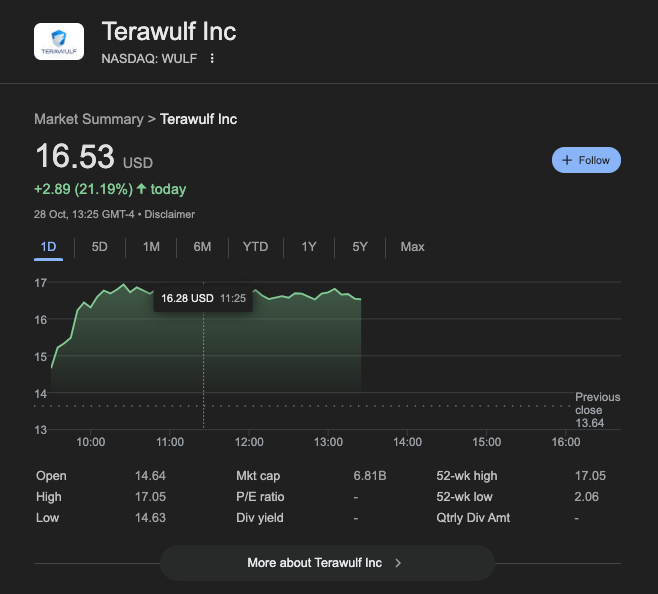Iris Coleman
Oct 27, 2025 15:09
Fireblocks is enabling institutions to scale stablecoin adoption through advanced wallet infrastructure and a connected payments network, according to their latest report.
Fireblocks is at the forefront of facilitating stablecoin adoption among financial institutions by enhancing infrastructure capabilities, according to a recent report. This move aligns with the increasing focus on stablecoin connectivity as institutions allocate resources towards building the necessary infrastructure for seamless digital and traditional money flows. The EY-Parthenon 2025 Stablecoin Survey indicates that 56% of financial institutions prioritize wallet infrastructure and on- and off-ramp services as key strategic areas.
Importance of Wallet Infrastructure
Wallet infrastructure is essential for any stablecoin payments strategy. Banks, fintechs, and payment providers rely on wallets for liquidity management, cross-border transfers, and offering new, revenue-generating services. Companies like Bridge are utilizing Fireblocks’ wallet infrastructure to manage business and end-user wallets, enabling fintechs and enterprises to integrate stablecoin rails and automate payment capabilities while ensuring on-chain security.
Moreover, the embedded wallet model is opening new opportunities in remittances, transforming companies into financial hubs that provide faster and more cost-effective transfers. The Amex Passport app, powered by Fireblocks’ Wallet-as-a-Service, exemplifies how major brands can leverage blockchain technology to support digital payments.
Operationalizing Wallets Through Network Connectivity
The Fireblocks Network for Payments is crucial for operationalizing wallets as it connects banks, fintechs, and payment providers across over 100 countries and 60 currencies. This network integrates compliance with AML, KYT, and Travel Rule screening, supported by partnerships with Notabene, Elliptic, and Chainalysis.
Companies like Conduit benefit from this connectivity, which enhances operational efficiency by tapping into a network of liquidity providers and trading partners. The network facilitates seamless transitions between digital and fiat currencies, bridging the gap between tokenized and traditional financial systems.
Scaling Stablecoin Transactions
With regulatory frameworks like the GENIUS Act providing clarity, the U.S. is becoming a testing ground for stablecoin integration into the global financial system. Institutions that treat stablecoins and wallets as infrastructure investments will be better positioned to scale in the evolving payments landscape.
The Fireblocks Network enables institutions to scale transactions across markets without compromising on risk controls or security, providing a robust infrastructure for the next phase of stablecoin adoption.
For more information, visit the Fireblocks blog.
Image source: Shutterstock
Source: https://blockchain.news/news/fireblocks-revolutionizes-stablecoin-infrastructure


